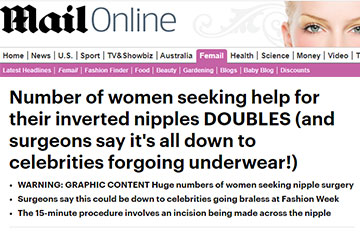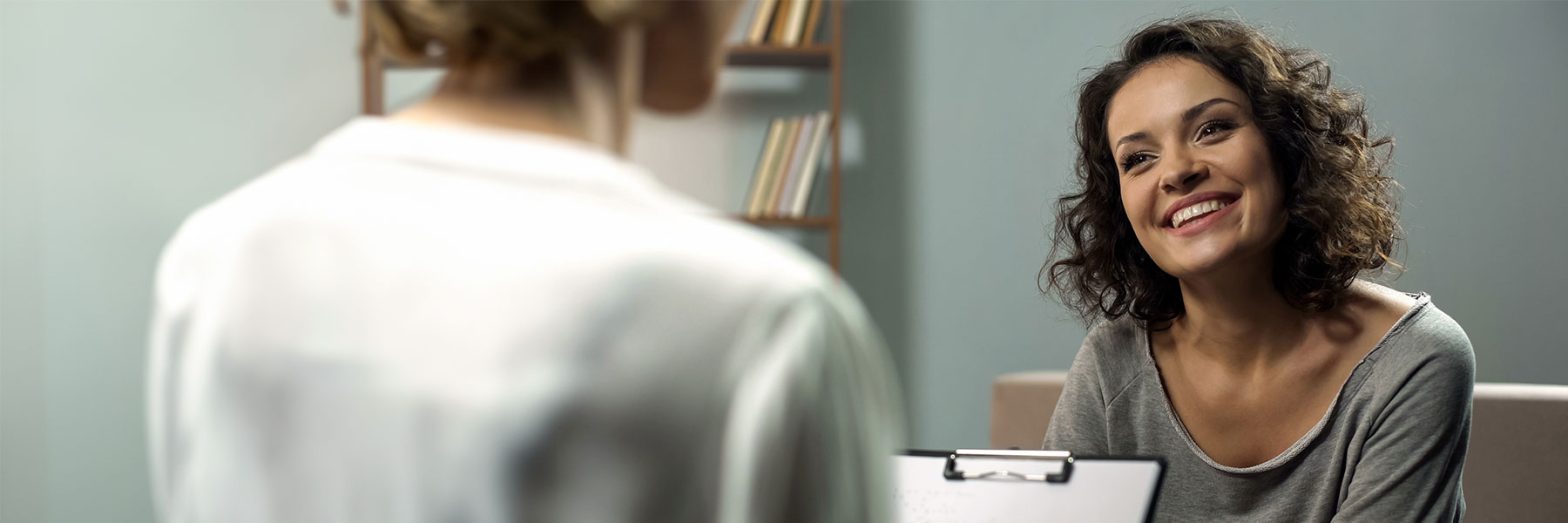
Number of women seeking help for their inverted nipples DOUBLES
PLASTIC AND COSMETIC SURGERY
Daily Mail
- Huge numbers of women seeking nipple surgery.
- Surgeons say this could be down to celebrities going braless at Fashion Week .
- The 15-minute procedure involves an incision being made across the nipple.
A surgery group has reported a huge spike in requests for nipple correction surgery – and celebrities going commando could be to blame.
The Private Clinic of Harley Street is seeing record demand for women looking to ‘correct’ inverted nipples and others seeking nipple reduction surgery.
The group, which has practices across the UK, saw the number of requests double in June and has reported a steady increase in the months since.
And though the current fashion trend – led by celebrities wearing sheer lingerie or no underwear at all – is believed to be partly responsible for this spike, experts say it’s also down to women speaking more openly about concerns about their breasts.
Adrian Richards, medical director and consultant plastic surgeon at The Private Clinic, told FEMAIL: ‘Of course, trends in pop culture do affect behaviour and so we cannot rule out the influence that fashion trends and celebrities have on consumers.
‘However, many of the patients I see are slightly older, and until recently, were unaware just how easily nipple inversion, for example, can be treated.’
Nipple inversion
An inverted nipple is a condition where the nipple, instead of pointing outward, is retracted into the breast.
As well as being aesthetically different, they can also cause problems for breastfeeding mothers.
Mr Richards, one of the UK’s leading authorities on breast augmentation and nipple correction, explained inverted nipples are far more common than most people realise, affecting roughly one in ten women.
He continued: ‘So it’s not too surprising that the majority of patients I see are looking to address this particular concern.
‘While the condition can affect both men and women, it’s fair to say that demand for treatment amongst women is higher.’
What causes inverted nipples?
‘Inverted nipples can occur in a number of ways,’ Mr Richards tells FEMAIL.
‘The breast ducts could be too short or there could be some tightening of the duct’s tissue, which can be triggered by an imbalance in traction between the tissue and the smooth muscle, which keeps nipples erect.
‘In other cases, it could be as simple as there being too much connective tissue in the nipple’.
Genetics, pregnancy and trauma can also all have an impact on inverted nipples. And when it comes to the nipples themselves, it’s not simply a case of ‘in’ or ‘out’, explains Mr Richards.
‘There are, in fact, three different grades of inverted nipples,’ he explains. ‘Grades one and two, less severe inversions, can often be treated without a surgical procedure via a suction device.
‘Grade three, meanwhile, is the most severe inversion, something which often requires a corrective procedure’.
The procedure used to ‘correct’ the inverted nipple depends on the cause. For patients who require surgery, a minor procedure, performed under local anesthetic, is typically recommended.
One method involves an incision being made at the base of the nipple to release the fibers and milk ducts which are causing the nipple to retract. The procedure takes around 15 minutes per nipple, with the patient able to leave the clinic on the same day.
Nipple reduction
A second procedure sees women wanting to reduce the size of their nipples. Mr Richards explained how, like the inverted nipple treatment, this can be the result of having lower self-esteem.
‘One of the most common reasons my patients chose to undergo a nipple corrective treatment is because, over time, their nipple concerns have had a negative psychological impact, resulting in lower self-esteem’ explains Mr Richards.
‘For these patients, the procedure can significantly improve the way they feel about this part of the body.’



